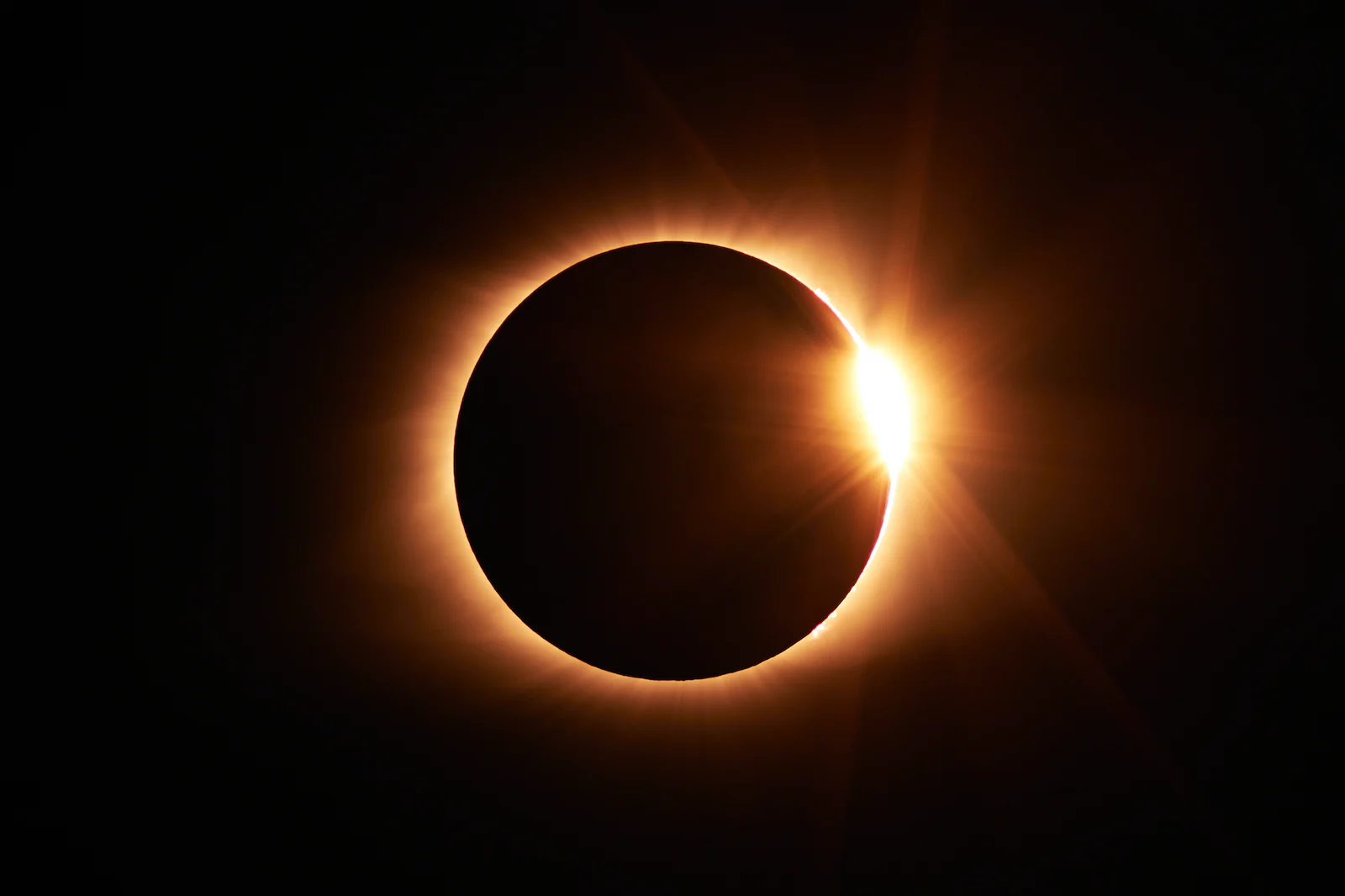The great mysteries of the Ancient Maya civilization and their passion for the cosmos are well-known, including their beliefs about eclipses, which they thought had to do with mythical wild creatures that wanted to devour the celestial bodies of day and night, naming them the Ring of Fire and the Dark Moon.
The eclipse that will occur this Saturday is a natural phenomenon that was also considered by the Mayan civilization as an event that would mark the past and future of humanity. For this reason, the National Institute of Anthropology and History (INAH) expects thousands of visitors to archaeological sites.
According to archaeologist Eduardo Puga, the Mayans were afraid of eclipses because, for them, they represented a return to the original chaos, that is, the chaos that existed before the creation of the world.
“So, we see that the sky darkens in the Mayab region, and here we also incorporate a part that has to do with a scientific view of the present because the text says ‘Ek’il Uj,’ which means the Dark Moon, is the one causing the phenomenon, to combine that vision of the past and the present,” he explained.
Although Yucatán is considered the best geographical area in the country to enjoy the eclipse as a family, it is essential to exercise caution and use protection. On this occasion, the eclipse is of an annular nature, and it will not reach the position where the moon completely covers the sun but will cover about 95 percent of the sunlight.
The locations prepared for thousands of visitors include Chichén Itzá, Oxkintok, Uxmal, Kabah, Sayil, Xlapak, and Labná. In the Mayan city of Uxmal, the astronomical event’s peak will be between approximately 11:00 and 11:30 hours. It is recommended to wear light, comfortable, and cool clothing and use special glasses to view the eclipse.
Chichén Itzá, the pre-Hispanic city, is expected to have the highest number of visitors. More than six thousand people enter the site daily, and on Saturday, the number could increase by up to 25 percent.
TYT Newsroom



